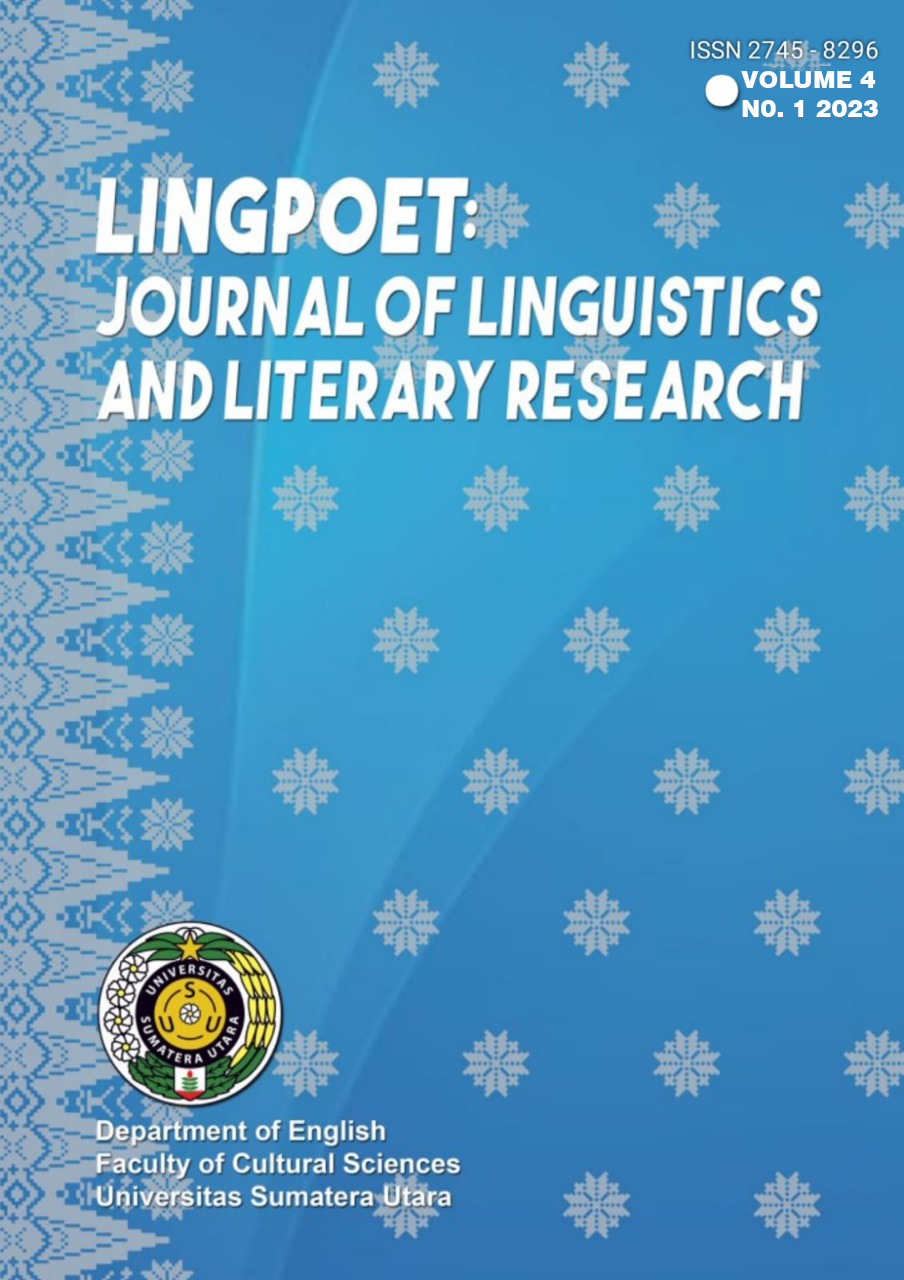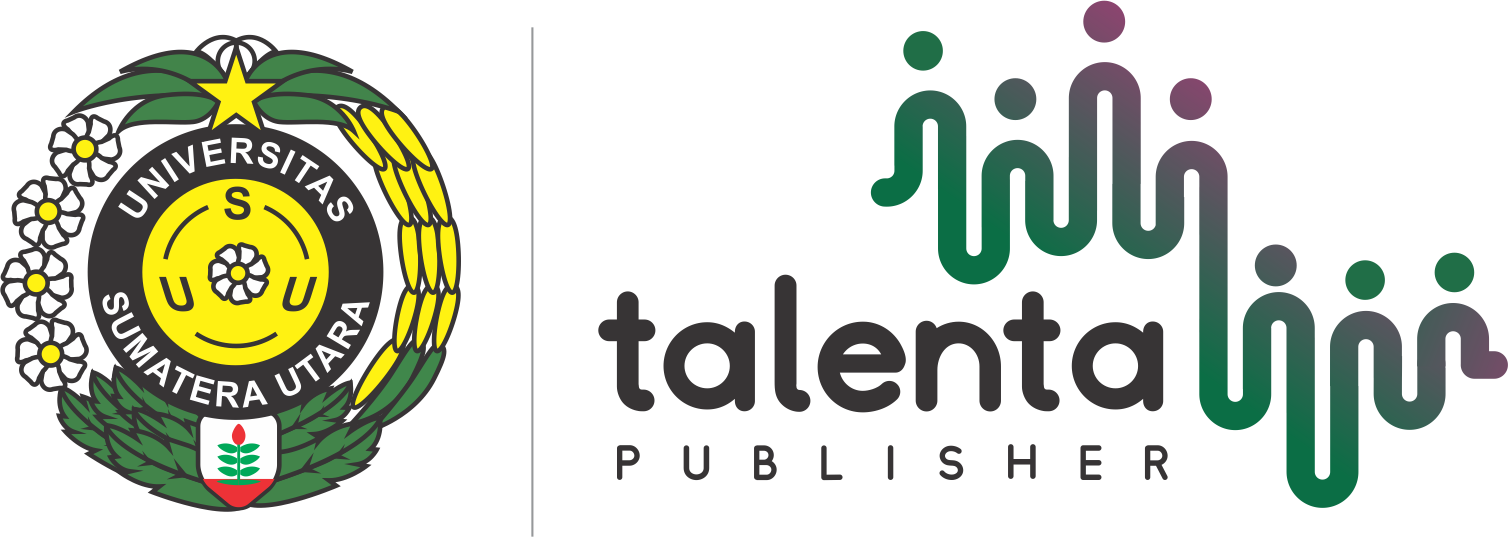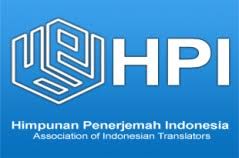Lexical Errors Made by Instagram Machine Translation in Translating the Account of “CNN Indonesia†News Article
DOI:
https://doi.org/10.32734/lingpoet.v4i1.10455Keywords:
Instagram, Instagram Machine Translation, Lexical Error, Machine TranslationAbstract
This study aims to depict the types of errors made by Instagram Machine Translation and to find out the most dominant types of lexical errors made by Instagram Machine Translation on ‘CNN Indonesia’ Instagram account. The design of this research was qualitative design. The data were in words, phrases, and sentences that contained lexical errors made by Instagram Machine Translation on the “CNNIndonesia†Instagram account. The data were taken by running an Instagram in one account of various captions related to the lexical errors of the study object. The data were collected through stages: finding out and determining, classifying, and separating the words, phrases, and sentences that contained lexical errors made Instagram Machine Translation on the “CNN Indonesia†Instagram account. The techniques of analysis data researcher translated the captions using Instagram machine translation and then the translation result is compared to the source language. The next step is to examine the lexical errors produced by Instagram machine translation. The research result shows that the types of lexical errors made by Instagram Machine Translation on the “CNN Indonesia†Instagram account based on the error categories theory by Vilar et al founds are: 4 missing errors, 10 incorrect words, and 8 unknown words. All errors indicated that Instagram machine translation could not represent the target language in the “CNN Indonesia†Instagram account. The users of Instagram need to filter every translation that is translated by Instagram machine translation before receiving it as information.
Downloads
References
M. J. Muchtar, Translation Theory, Practice and Study. Medan: Bartong jaya, 2015.
H. Ghazala, Translation as problem and solutions, 4 th ed. Sriya: Dar Elkalem Elrabi, 1995.
M. A. Balan, “An Analysis of Google Translate Accuracy.,†Transl. J., vol. 16, 2011.
et al Vilar, Error Analysis of Statistical Machine Output. Universidad Politecnia de Madrid, 2006.
R. Ellis, The Study of Second Language Acquisition. Oxford University Press, 1994.
B. Amin, “Lexical Error In Writing English Words Made By Students Of The Junior High School,†Exposure, vol. 3, no. 1, 2014, [Online]. Available: https://journal.unismuh.ac.id/index.php/exposure/article/view/831
I. Kurniasih, “An Analysis Of Grammatical Errors Of Using Google Translate From Indonesia To English in Writing Undergraduate Thesis Abstract Among The Students,†IAIN METRO, 2017.
M. B. Miles, A. M. Huberman, and J. Saldana, Qualitative Data Analysis: A Methods Sourcebook. 1984.
N. L. Putri, “An Error Types Analysis on YouTube Indonesian-English,†J. Lang. Lit., vol. 18, pp. 76–81, 2018.
M. J. Kafipour, “Error Analysis of English Translation of Islamic Texts byIranian Translators,†J. Appl. Linguist. Lang. Res., vol. 2, no. 3, pp. 238–252, 2015.
J. Liao, “The impact of interactive discussions on L2 Chinese composition writing,†University of Iowa, 2010.
E. Susanti, “Lexical Errors Produced By Instagram Machine Translation,†Universitas Islam Negeri Maulana Malik Ibrahim Malang, 2018.
Downloads
Published
How to Cite
Issue
Section
License
Copyright (c) 2023 LingPoet: Journal of Linguistics and Literary Research

This work is licensed under a Creative Commons Attribution-ShareAlike 4.0 International License.













